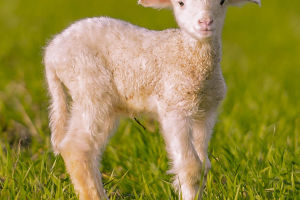The Western roe deer is a small, graceful deer that is native to Europe, Asia, and parts of the Middle East. It is one of the most common species of deer in Europe and is also found in parts of North Africa.
The Western roe deer is an important part of the ecosystem and has cultural and economic significance in many parts of its range.
1. Physical Characteristics
The Western roe deer is small, typically weighing between 25 and 50 kg, and standing about 60 to 75 cm tall at the shoulder.
The coat of the Western roe deer is reddish-brown in the summer and grayish-brown in the winter. It has a distinctive white rump patch and a black nose.
The antlers of the Western roe deer are small and simple, typically only growing to about 10 cm in length.
2. Habitat and Distribution
The Western roe deer prefers open woodland habitats and can be found in a variety of forest types, including deciduous, coniferous, and mixed forests.
It is also found in agricultural areas, and can sometimes be seen in suburban and even urban environments.
3. Behavior and Diet
The Western roe deer is a primarily solitary animal, although it may form small groups of up to six individuals during the winter months.
It is active during the day and night and is well adapted to living in a variety of environments.
The Western roe deer is a herbivore and feeds on a variety of vegetation, including leaves, twigs, and bark. It is also known to eat fruits, nuts, and crops.
4. Conservation Status
The Western roe deer is considered to be of least concern by the International Union for Conservation of Nature (IUCN).
However, some localized populations are under threat, particularly in areas where habitat loss and hunting are significant issues.
5. Cultural Significance
The Western roe deer has played an important role in human culture for thousands of years.
The Western roe deer is a small but important species of deer that is found throughout much of Europe, Asia, and the Middle East.
It is an important part of the ecosystem and has cultural and economic significance in many parts of its range.


